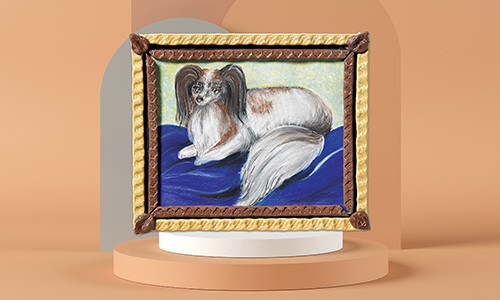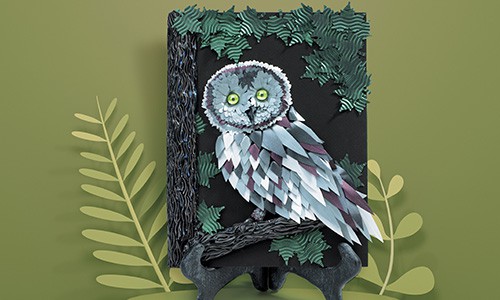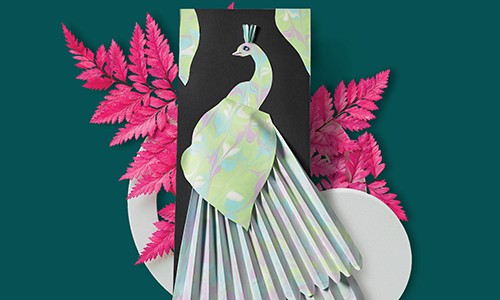The concept of a money box dates back to Greece in the 2nd century BC when a box shaped like a miniature Greek temple was found in Priene in Asia Minor. Slotted banks in various shapes were later found at the ruins of Pompeii and Herculaneum. Eventually, the piggy bank shape arose around the 14th century due in part to the material used in its creation.
The first piggy banks were made of pygg. In the Middle Ages, people used this inexpensive, orange-hued clay to make all kinds of ware, including pots where they would drop spare coins. An early sample of the pygg pot is on display at the National Museum of Indonesia in Jakarta. As time passed and materials evolved, the term piggy bank emerged, referring to the shape of the pygg pot and the original material.
Making Your Own Piggy Bank
Digital, mechanical, ceramic, or porcelain, each of the modern types of piggy banks share a common purpose and a common heritage. Our piggy bank lesson plan lets your art students create their own versions of this classic design. Using clay to create pinch pots, students will strive for even, thick walls. They’ll assemble two vase-like pot shapes to create a single pig-shaped body. Adding clay legs and a detailed head completes the pig shape. Finally, a slot in the back transforms this structure into a savings vessel.
Click to View the Full Lesson Plan
The When Pigs Fly Piggy Bank art lesson plan includes step-by-step instructions and a complete materials list. Follow up with a conversation about saving money and start your students down a savvy path with their own custom piggy banks! Suitable for grades 4-12.









Leave a Reply